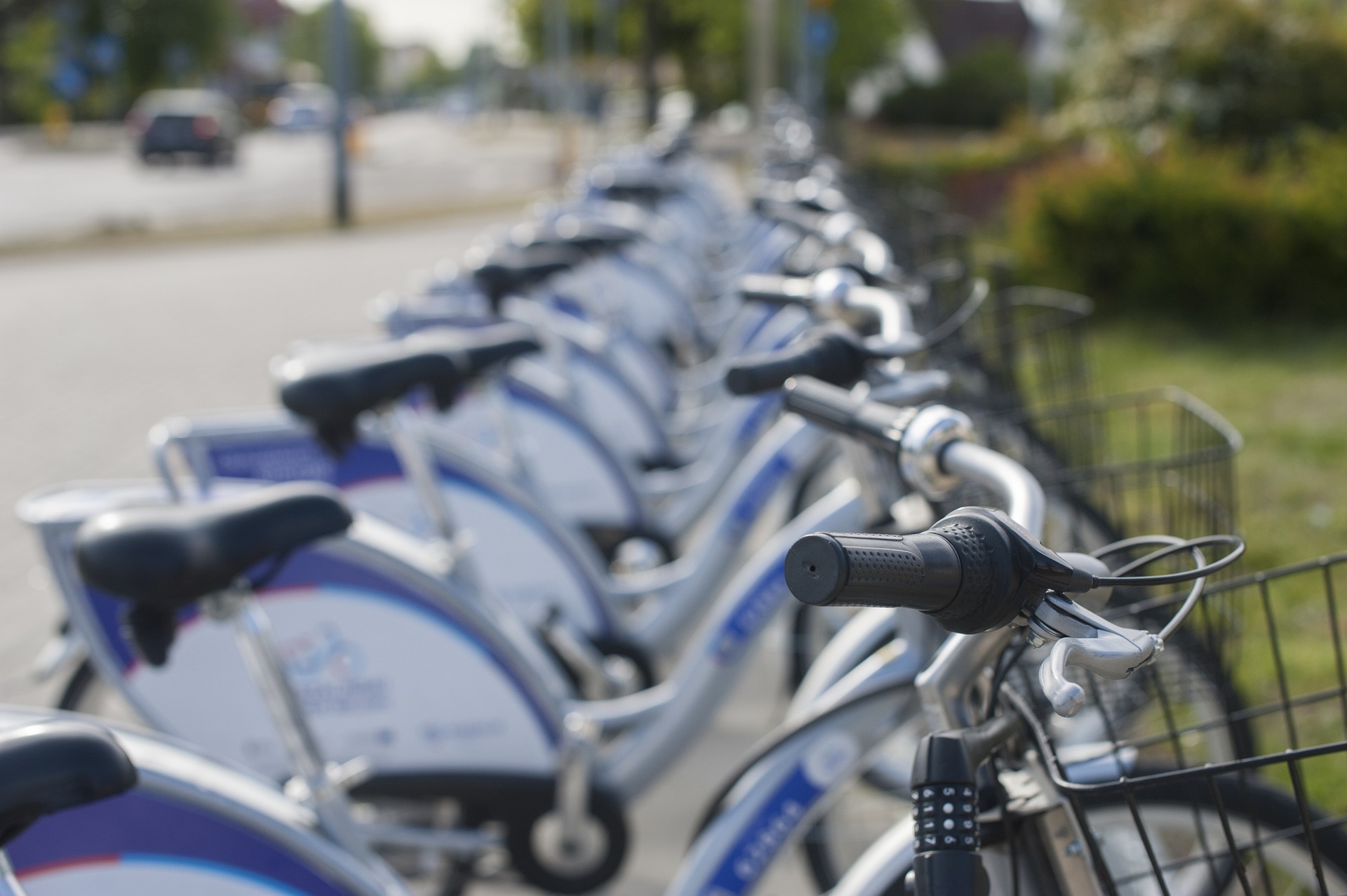
Public transport both affects, and is affected by, complex relationships with other functions and events in major cities and their surrounding areas. The planning, implementation and operation of public transport therefore needs to be more integrated with other spatial planning. This particularly applies in relation to issues concerning strategies and plans for urban land use and planning, but also in relation to other social functions at local, regional and national level, such as healthcare, education, environment and regional development. Public transport must also be planned in an integrated manner with other types of traffic, to better integrate cycling and public transport.
Integrated planning must be done on the basis of changing societal needs due to an ageing population and technological developments, and on the basis of demands for a transition in order to achieve climate targets and accessibility goals.
Overall research issues
Public transport and buildings are fundamental structures in a city, and how well they are integrated into the urban landscape plays a crucial role in the living and provisioning conditions of individuals and groups, as well as their options for sustainable travel. The design of public transport is influenced by and affects other functions in cities and regions and affects the land values of cities, often in ways that have a structuring role. Integrated spatial planning places great demands on coordination and cooperation between organisations, which can be difficult due to different goals, interests, professions, organisational cultures and divisions between different administrative levels. Collaboration is often time consuming and can contribute to unclear divisions of responsibilities. Research is required on the following issues:
- How and with what consequences can the planning of public transport be integrated with other urban and regional planning? How can the integration be improved between different types of traffic, e.g. public transport and cycling? What formal and informal obstacles exist for this to happen?
- In what way can the preconditions for public transport be developed through cooperation between private actors, municipalities, regional and state authorities, e.g. through financial incentives or more coherent processes for infrastructure investments and accessibility measures? How is the interaction between actors' different goals, interests and practices affected? In what situations and in what way can collaboration be difficult, for example, by creating an unclear allocation of responsibilities?
- In what way and with what result can planning be broadened so that public transport is handled in a more integrated way with other areas, e.g. the healthcare sector? What requirements does it impose on organisation and the ability to collaborate between different actors?
- How can we get a better understanding of the structuring effect of public transport on urban land use, including different types of public transport, e.g. track-bound traffic and electrified bus traffic? In what way is this affected by new concepts and new mobility services, within cities and between cities and their surrounding areas?
- In what way can cities and regions be developed through densification around public transport hubs, and how can bus stops, stations and hubs be designed as meeting places in the city?
- How, and with what effects, can municipalities and regions work to disperse the demand for public transport over larger parts of the day, e.g. through dynamic opening hours of social functions such as schools and childcare, increased opportunities for distance working etc.?
Expected results
The research is expected to highlight how different goals, interests, professions and organisational cultures have an impact on the way in which planning is conducted and the effects that this has on the physical design. This knowledge will contribute to exploring the preconditions for, and opportunities associated with, more integrated social planning. The research offers public transport actors a better understanding of how coordination and collaboration with other important areas can and should be conducted in order to achieve good results.
